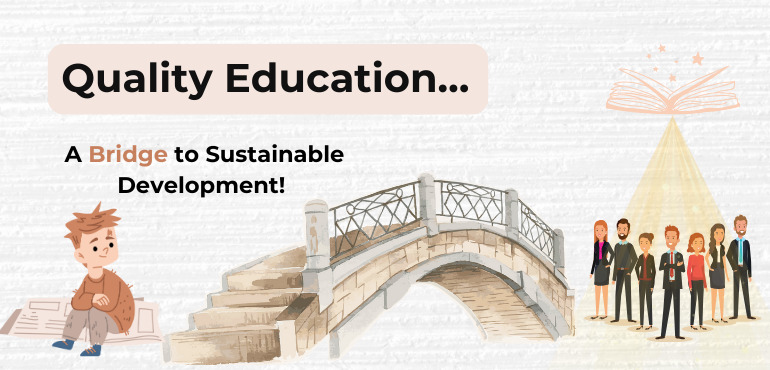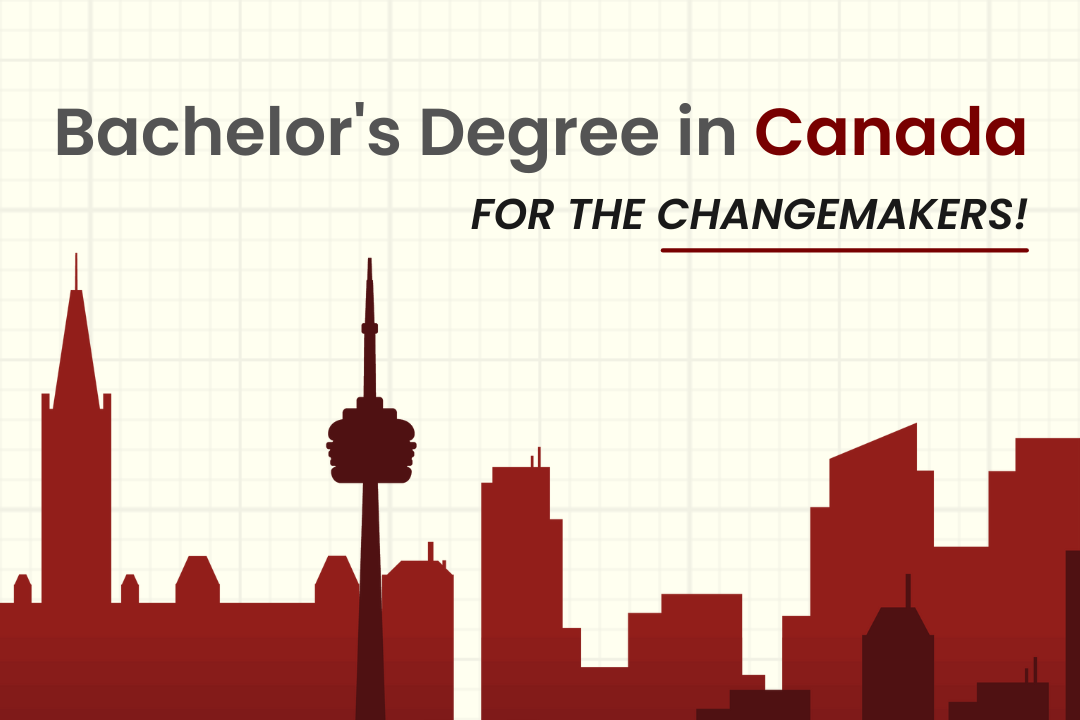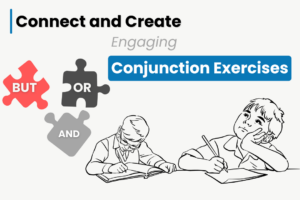
Education, when used with the right intent, can be the most powerful weapon that has the potential to destroy the most pressing problems of the modern world. But, education alone can’t win the battle without imparting it with certain quality standards. From the classroom environment to effective teaching techniques, there are a lot of factors that take part in shaping the life of a student.
Let’s dive into the importance of quality education and how it can make this world a better place if we can collectively make it accessible to all parts of the planet.
Definition of Quality Education
The United Nations in its fourth Sustainable Development Goal defined Quality Education as something like this- “Achieving inclusive and quality education for all eliminates gender and wealth disparities, and acts as a proven vehicle for sustainable development.” UN recognized the fact that achieving sustainable development is in no way possible without making quality education accessible to all sections of society in all parts of the world.
Criteria to Measure the Quality of Education
Different organizations define the term Quality Education based on different criteria. Let’s try to understand the most important factors that should be considered as part of the criteria while assessing the quality of education in a particular country or segment of society. These factors should address aspects that promote early childhood education, critical thinking skills, social-emotional skills, etc.
Let’s check out some factors that should be considered as the base for deciding the criteria for measuring the quality of education.
Educational Infrastructure:
Taking care of educational infrastructure is expensive for governments. That’s the reason why children in underdeveloped countries are most affected when it comes to a lack of quality education. It’s quite a positive sign that most countries, irrespective of their economic condition, are acknowledging the urgency of investing in education and that’s why there has been significant progress in the access to quality education for students even in underdeveloped countries.
Let’s check out the top countries that are investing heavily in education.
| Country | Percentage of Total Expenditure |
|---|---|
| New Zealand | 21.60% |
| Mexico | 20.50% |
| Brazil | 19.20% |
| South Korea | 16.50% |
| Switzerland | 15.70% |
| United States | 13.60% |
| United Kingdom | 12.20% |
| Germany | 11% |
| Russia | 10.90% |
| France | 10.20% |
| Japan | 9.10% |
| Italy | 8.60% |
Source: Organization for Economic Cooperation and Development (OECD)
Teaching Methodology:
Not every country follows the same approach in educating their future citizens. Depending on the historical impacts, available resources, and long-term goals, different nations have different approaches and learning environments. The quality of education greatly depends on the teaching methodology and a lot of effort should be invested on the intellectual level to make the core of the education system strong, meaningful, and sustainable in the long run.
Learning Outcomes:
If there is no growth in the life of the students as a whole, then it should be considered that there are some serious flaws because of which there is no quality education accessible to the students. Proper assessment methods should also be employed to draw insights from the learning outcomes and make necessary changes to the education system to make quality education accessible to everyone.
Inclusivity:
Paradoxically, quality education that remains inaccessible to all is, in reality, a deficiency in education itself. So, we cannot label education as the best in quality solely based on superficial metrics unless it provides equal access to all students in a way that is accessible to them. Anti-bias education is one of the most important pillars of quality education that makes it all-inclusive.
Countries with the Best Quality Education
If we look at the countries with the strongest economies, one thing we can find common among all of them is their commitment to providing quality education to all their future citizens. The USA, UK, Canada, Australia, and Germany are some of the countries with the best education systems in the world and it is no surprise that these countries are the most popular preference for students who want to pursue their overseas education dreams.
Effective Methods to Ensure Quality Education
Student-Centric Approach:
The very concept of quality education is centered around students. So, if the approach itself does not address the long-term benefits the students should and must gain, it should be considered a flawed approach.
Teacher training:
The founder of Infosys, Mr. Narayana Murthy in an event stressed the importance of “train the teacher” colleges and suggested government to increase the budget allocation for this. So, we can understand how important it is to invest in teacher training to ensure quality education.
Early childhood education:
Proactive measures must be employed from the very early stage of a student’s educational journey so that they will be receptive to the further measures taken toward implementing quality education.
Resources availability:
Quality education is an amalgamation of the availability of various resources like faculty, libraries, access to technology, lab facilities, transportation facilities, etc.
Government Investment:
None of the above methods to ensure quality education can be implemented without a significant monetary investment from the government. As we all know, funding is probably the only real challenge to ensure quality education.
Challenges in Ensuring Quality Education
Let’s address three crucial challenges impeding access to Quality education for students.
Shortage of teaching staff:
The lack of proper teaching staff is an obvious reason for the inaccessibility of quality education in most parts of the world. The sourcing and training process for teachers is quite complex and can be very expensive. However, it is very important to find cost-effective solutions by leveraging technology to make the best quality education accessible to students by providing them with an elite teaching staff.
Outdated Curriculum:
When it comes to education, the curriculum has always been in debate even in the most developed parts of the world. A properly structured curriculum can open doors to some fantastic Careers in Engineering and other in-demand field. The problems in the curriculum may not have any short-term impact on the students. But, in the long run, it definitely does a lot of harm and in fixing that, governments may have to take decades of time to update the curriculum and teach the trainers accordingly.
Lack of proper monitoring:
Be it a business, a non-profit organization, or an educational institution, if there is no monitoring of the workflow, there will be no scope for progress. A proper monitoring system allows authorities to make changes to the strategies to make quality education accessible to children from all sections of society irrespective of their economic background or other factors that may restrict them from having access to education.
Conclusion
To conclude, as long as quality education remains unaccessible, sustainable development remains a distant goal. To make this world a better place to live by providing equal opportunities to all, significant measures must be taken by allocating budget and intellectuals who can dexterously handle the challenges and achieve the desired outcome, in the long run, to make the best quality education available to all the students from all classes of the society.








